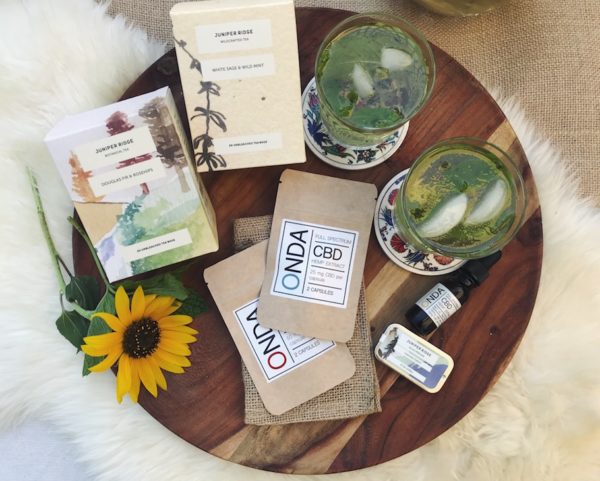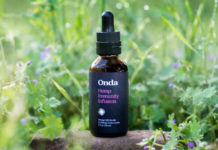The Little Known Plant Profile Terpenes and our Fragrant Collaboration With Juniper Ridge
We’ve partnered up with Juniper Ridge, a company that formulates Wilderness Perfume by distilling and extracting essential oils from wildflowers, plants, bark, moss, mushrooms, and tree trimmings that they harvest on the trail in the Western States. Capturing the local essence of their wild-harvested products, and naming them after those regions, is the heart of Juniper Ridge.
In the Renaissance of the cannabis and hemp industries, we’ve found that there is hyperfocus on a single molecule. Some are focused on the phytocannabinoid CBD in the hemp market, and others are focused on the phytocannabinoid THC in the “marijuana” market. These trends mirror an already dominating pharmacological landscape; the century-old fixation on the “active ingredient.” Whether it’s CBD, THC, biotin, or vitamin C–the last century has relied on an isolated and pharmacological approach to food and medicine and the “active ingredient”, the stripping of bioactive ingredients from the whole of its source to turn into isolated commodities.
But what about the rest of the plant? The extremely complex natural systems that take place in a given ecosystem?
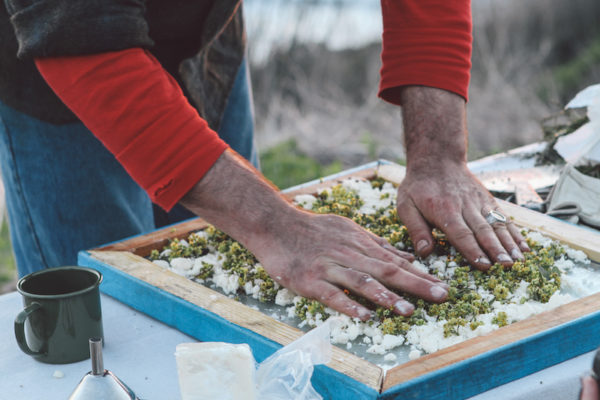
At Onda, we practice a holistic approach to plants by not only processing our American hemp that maintains its integrity, but also caring for the environment that it grows in h We have a passion for the whole plant, which is why we’ve partnered up with Juniper Ridge, a brand that formulates its Wilderness Perfume by distilling and extracting essential oils from wildflowers, plants, bark, moss, mushrooms, and tree trimmings harvested on the trails of the Western States. Capturing the local essence of their wild-harvested products, and naming them after those regions, is the heart of Juniper Ridge.
To understand the importance of whole plant products – and the way we process them is so amazing – we’re going to set aside the CBD portion of our favorite plant, and dive into the most aromatic and bioactive components of all plants: the essential oils and terpenes.
What are terpenes?
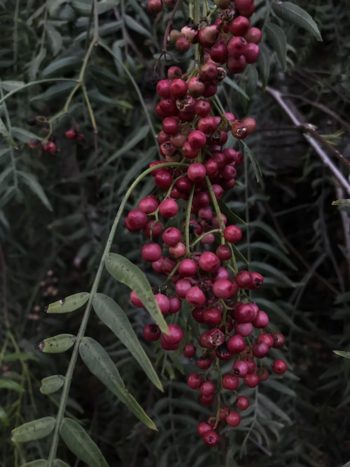
Terpenes – pronounced tur-peens – are simple organic hydrocarbons that give plants their aromas, while also influencing taste. These same simple compounds are also the building blocks for larger and more complex molecules, such as steroids, pigments, and vitamins. There are estimated to be 25,000 different terpene structures that exist in nature.
Terpenes appear naturally and abundantly in plants, tree sap, and tissue, and are designed to deter bacterial infections, sun damage, and parasites while attracting beneficial insects and mammals. They also show a wide range of physiological influences including sedation, euphoria, anxiety relief, and anti-inflammatory response.
Since terpenes are volatile compounds, many factors affect terpene production. This includes the climate, weather, plant’s maturity, the use of pesticides and fertilizers, and the richness of soil the plant grows in. Even the time of day or the presence of a bug can influence a plant’s development of certain terpenes.
Terpenes as they relate to essential oils
The term ‘essential’ indicates that a given oil has the fragrant essence of the source plant. Essential oils are multifunctional chemical combinations that have terpenes as their main constituents alongside other non-terpene compounds. Meaning, terpenes are the main organic compound that gives essential oils their aromas, flavors, and medicinal benefits. Different terpene profiles yield different aromas, tastes, and benefits. As there are estimated to be 25,000 terpene structures, this gives us a vast selection of aromatic outcomes.
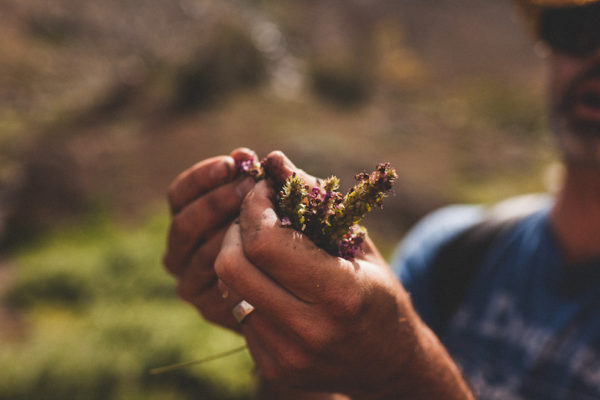
For instance, the Douglas fir terpene, α-pinene, is shown to inhibit the growth of a variety of bacteria and yeast and is found in the tree sap of Douglas firs. The terpene linalool found in the Juniper Ridge mineral tea, White Sage + Wild Mint, is known to have a calming effect on the body and mind, acting as a potent muscle relaxer and possible anti-depressant, while the white sage, high in the terpene sageon, is a perennial favorite for all Juniper Ridge products.
Here is a list of the prominent terpenes you’ll experience in Juniper Ridge and Onda Wellness products, along with their aroma profiles and known benefits:
α-Pinene
Aromas: douglas fir, wet wood, pine trees, and pine needles
Benefits: antibacterial, antifungal, stimulates alertness, aids in asthma, energetic, anti-inflammatory, bronchodilator
Limonene
Aromas: citrus (lemon, orange, grapefruit, lime, tangerine, blood orange)
Benefits: uplifting, refreshing, stress reliever, mood-enhancer, antifungal
citrus (lemon, orange, grapefruit, lime, tangerine, blood orange)
Myrcene
Aromas: sweet, fruity, green vegetative, tropical, earthy, mushroom
Benefits: sedative, relaxing, antimicrobial, antiseptic, analgesic, antioxidant, anti-carcinogenic
Caryophyllene
Aromas: clove, baking spices, black pepper, anise, cinnamon, nutmeg
Benefits: anti-anxiety, anti-inflammatory, and analgesic, aids in digestion, antioxidant
Linalool
Aromas: lilies, rosehip, citrus blossom, mint, geranium, lavender
Benefits: Uplifting and sedating, anti-anxiety, antidepressant by elevating mood
Nerolidol
Aromas: perfume, jasmine, ginger flower
Benefits: calming, antifungal, anti-depressant, sleep aide
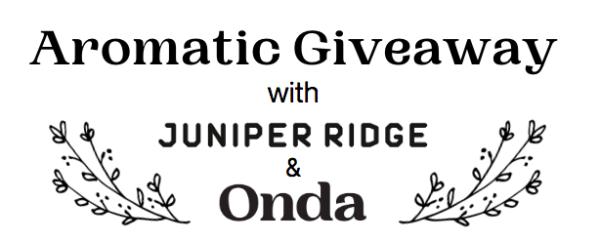
To help us celebrate the aromas of the Earth, and the companies that celebrate these complex and beneficial scents in a sustainable and ethical way, we’ve joined forces with Juniper Ridge to bring you an Aromatic Giveaway. Hop over to this Instagram post to enter for a chance to win one of three prizes valued at $80.
Onda Whole Hemp CBD Starter Kit
Cascade Forest Solid Perfume
Douglas fir + Rosehips Botanical Tea
White Sage + Wild Mint Botanical Tea
